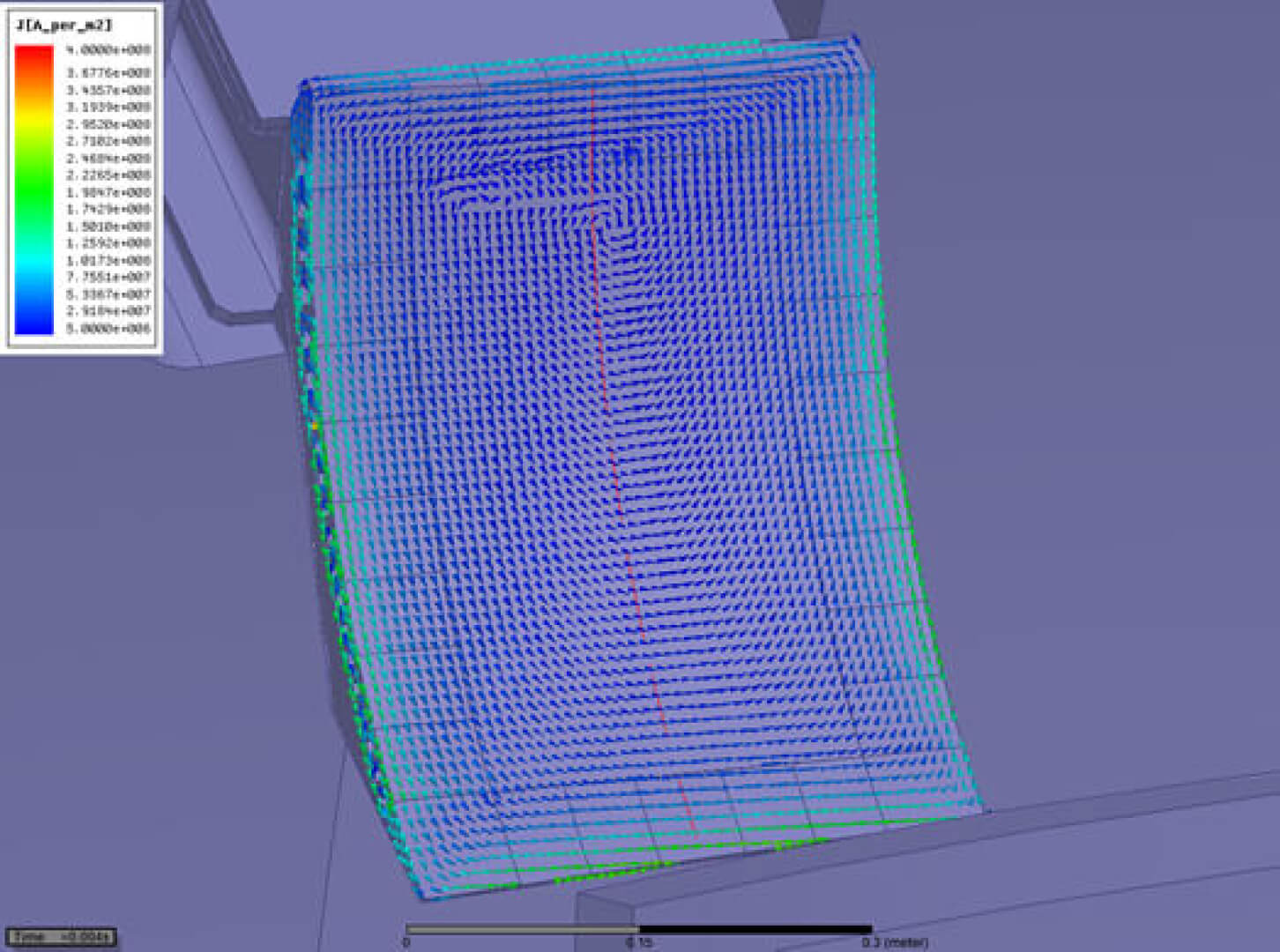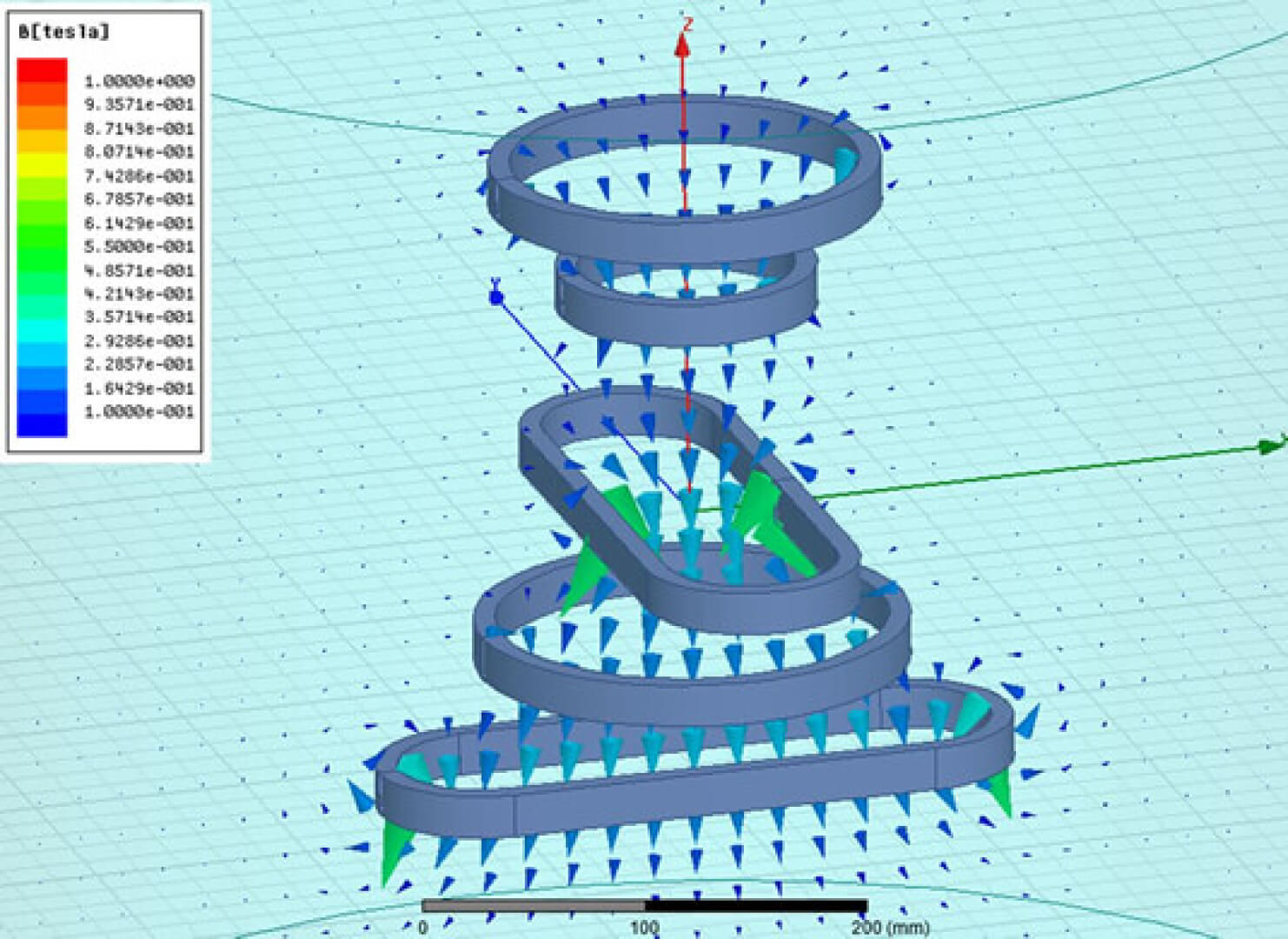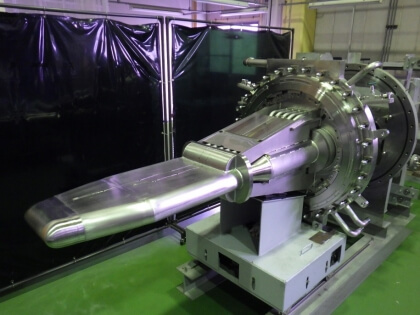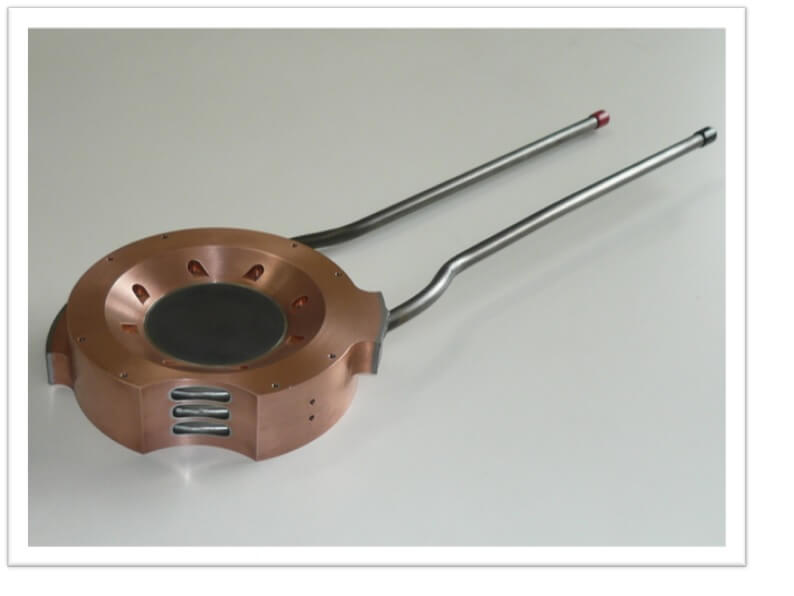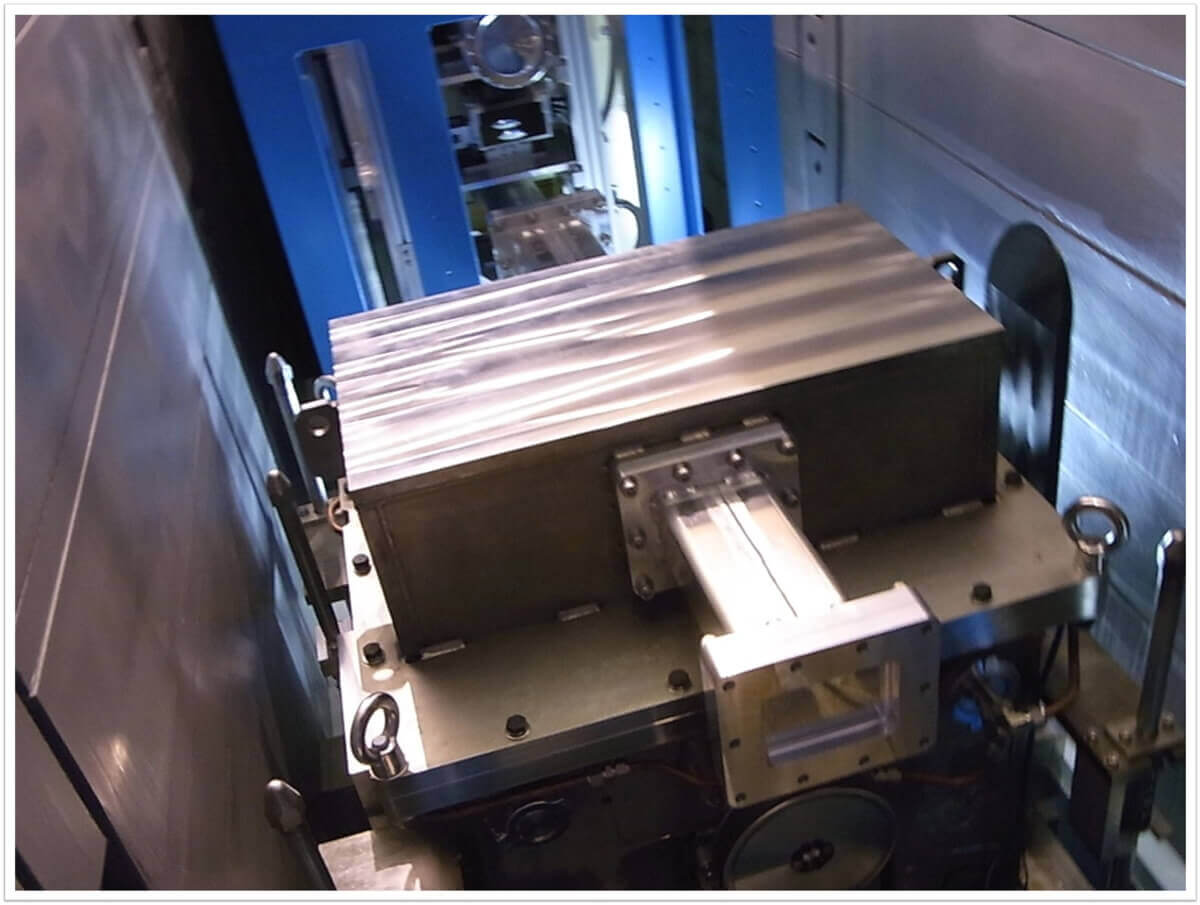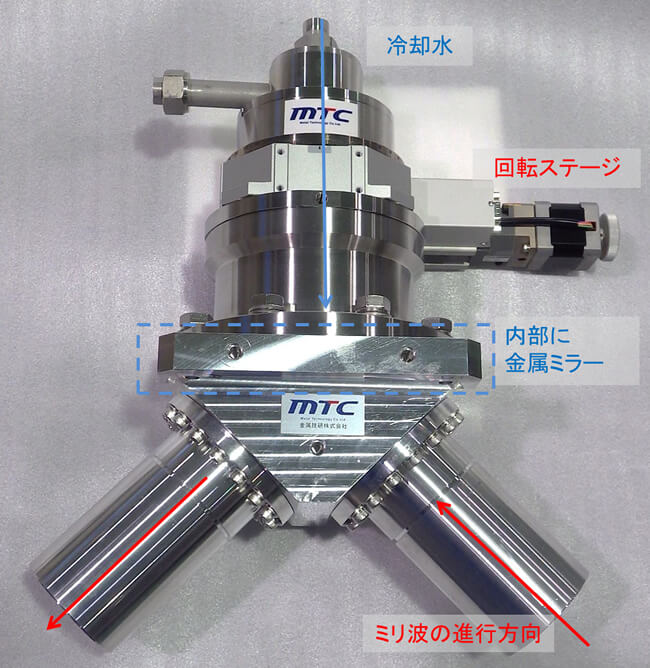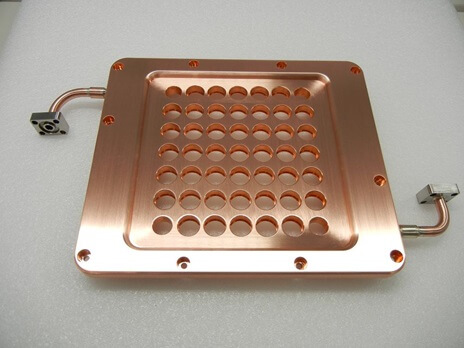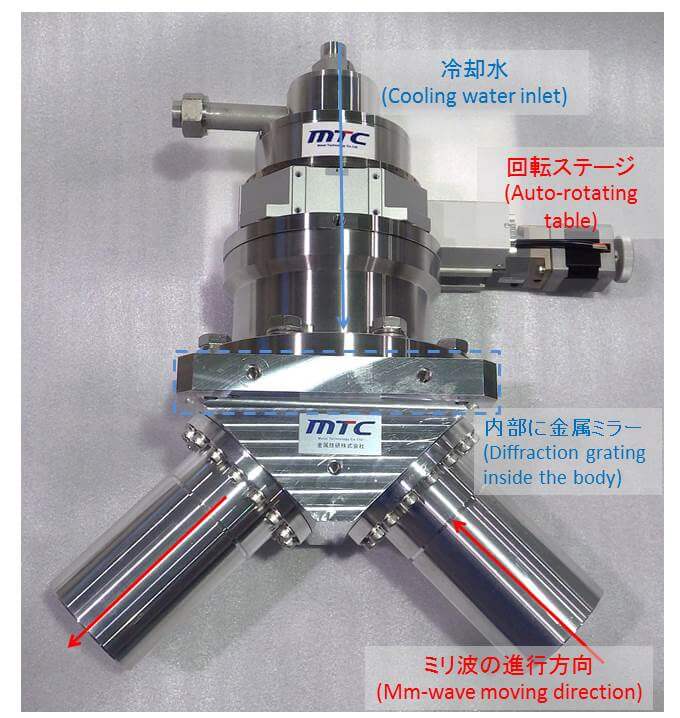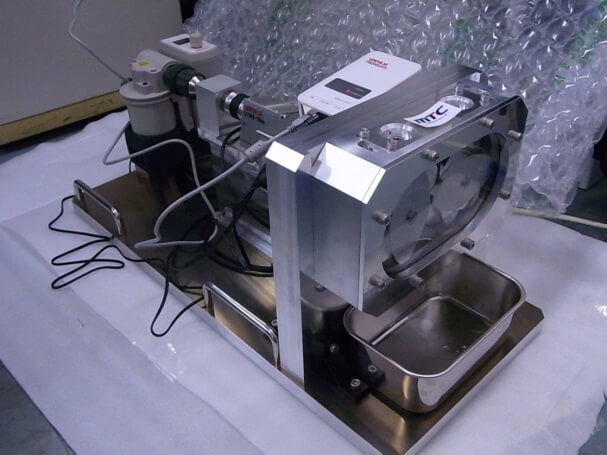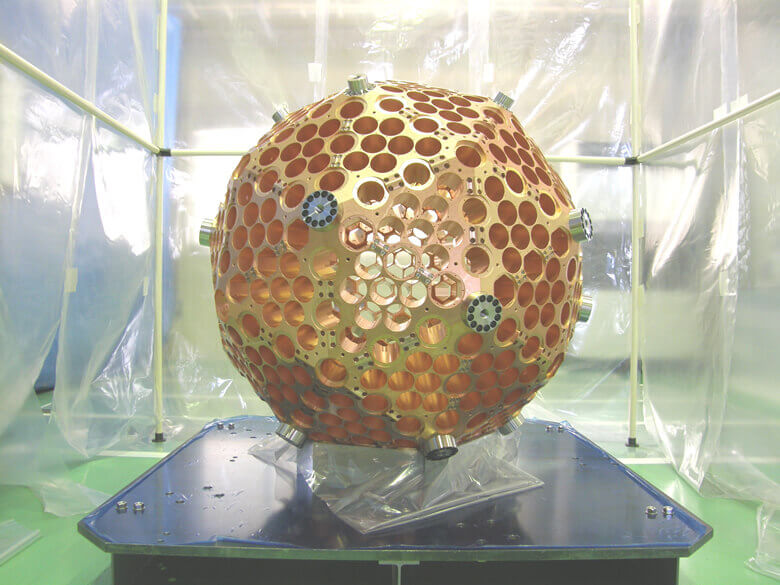Engineering
Engineering
Achievement of an integrated production system beginning with design
Integration of technology and know-how
An example of a nuclear fusion experiment device
Achievement of an integrated production system beginning with design
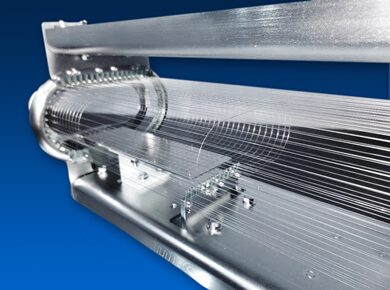
Metal Technology Co. Ltd.’s Engineering Division is responsible for the design phase. Based on the customer’s requirements, the engineer designs and verifies the validity of the design through FEM analysis, mock-up tests, etc. in order to complete the design ready for manufacturing. After that, MTC completes the manufacturing of the product by making full use of various manufacturing technologies (material selection, machining, heat treatment / surface treatment, bonding, etc.) tailored to the needs of the design.
【Achievements】
Metal Technology Co. Ltd.’s Engineering Division has been an integral part in the development and
installation of critical parts for Japan’s nuclear research institutes with regards to particle
acceleration. MTC is also a key player in the development of nuclear fusion technology. This includes
neutron experiments at the Japan Proton Accelerator Research Complex (J-PARC), the world's largest
fusion experiment, the ITER project, and experience manufacturing equipment used for the XMASS
experiment for university funded research.
Integration of technology and know-how
The Engineering Division is the center of engineering activities at MTC, coordinating and closely cooperating with all of MTC’s plants. Each plant has specific manufacturing strengths in a variety of areas that complement one another. This allows MTC to perfectly match our customer’s needs. MTC believes that products manufactured in such a manner will contribute to society by meeting our customers’ requests whilst utilizing accumulated know-how to best utilize resources and reduce waste.
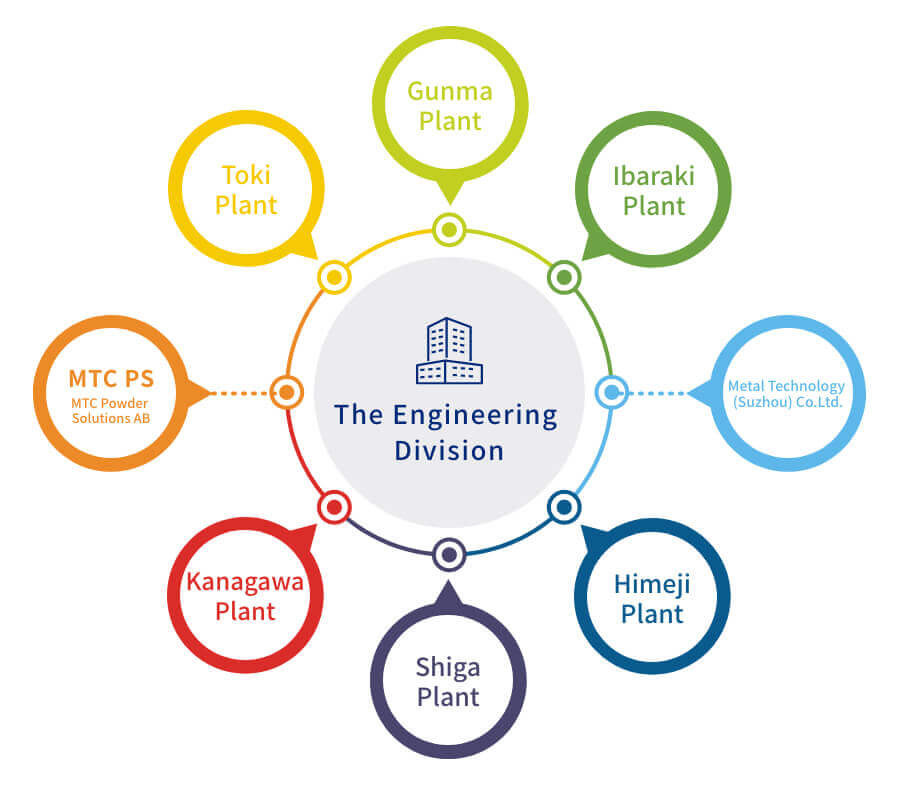
An example of an accelerator
Product name: Collision point (interaction region) beam pipe for SuperKEKB
The beam pipe is a vacuum chamber with a complicated structure that is used as part of the SuperKEKB, a gigantic accelerator leading the physics experiments in elementary particles in Japan. The SuperKEKB is a colliding-beam accelerator and the beam pipe manufactured by MTC is installed at the most important section of it, (add: the interaction region (IR)) where electrons and positrons collide frontally.
The center of the beam pipe is made of thin-walled beryllium, allowing the new particles to permeate unobstructed, because of its low atomic number. It has a double structure for cooling, with the cooling medium flowing between the walls. On both sides of the pipe, Tantalum that has a high atomic number is used to shield against particles (noise) incoming from other parts of the SuperKEKB to prevent them from entering the detector. Electrons and positrons intersect at a low angle and to allow them to cross the interaction region at that vector, the pipe splits in two on both ends.
An example of a nuclear fusion experiment device
Product name: Millimeter wave wide-band polarizer for ECH (electron cyclotron resonance heating)
Metal Technology Co. Ltd. has conducted collaborative research with members of the Quantum Science and Technology Research and Development Organization (QST), and Ibaraki University (Saegusa Laboratory) on the ECH (electron cyclotron resonance heating) of the superconducting tokamak plasma nuclear fusion experiment device “JT-60SA”. We have developed a high power wide-band polarizer compatible at millimeter wave of megawatts level. The wide-band polarizer for millimeter waves successfully developed this time can transmit, with high efficiency, high power millimeter waves (frequency: 110 GHz, 138 GHz) for heating plasma.
The polarizer, through its metal mirror which is equipped with a rotatable reflective diffraction grating, can produce arbitrary polarized waves which can enter the plasma. Through continued collaborative research the heat loss was reduced to 50% or less, the size was reduced by about 4 kg, and the cooling efficiency was improved in comparison to the prototype type.
An example of experiment devices
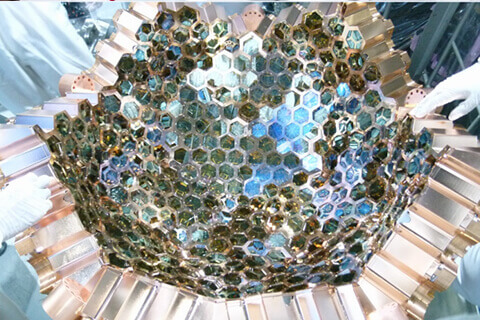
Name of product:PMT holder for XMASS experiment
This is an oxygen-free copper holder supporting 642 photomultiplier tubes for XMASS experiment we manufactured and delivered to the Institute for cosmic ray research, University of Tokyo. We took charge of the design, production, and assembly of this equipment. This experiment and the institute were written in the an article published in the Newton magazine (May, 2010). We used oxygen-free copper material and completed the construction in 90 days after melting in order to prevent activation from cosmic rays.
FEM analysis program
ANSYS Mechanical
Structural analysis, thermal analysis:Utilized for structural analysis given external force / self weight and heat conditions.
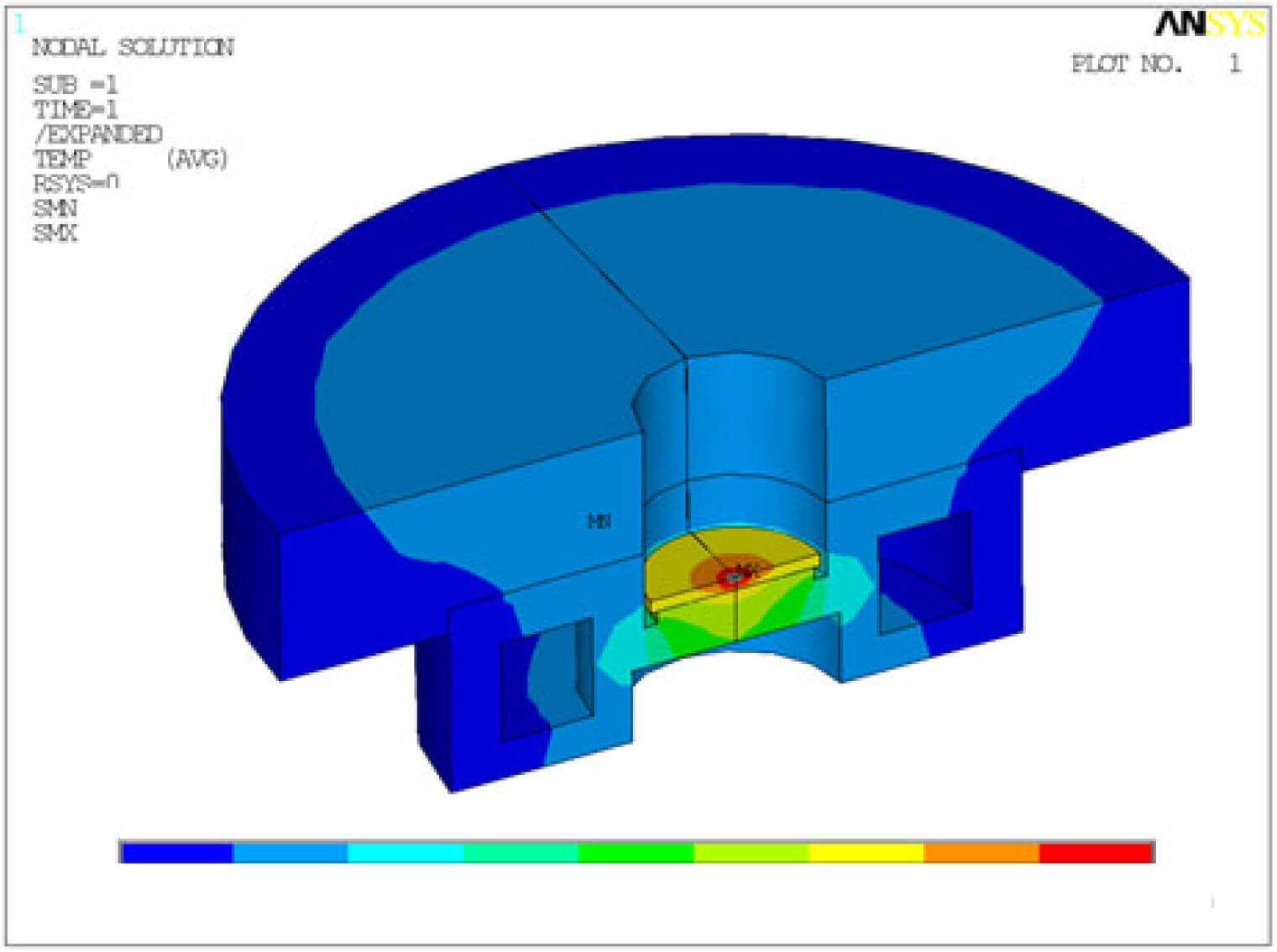
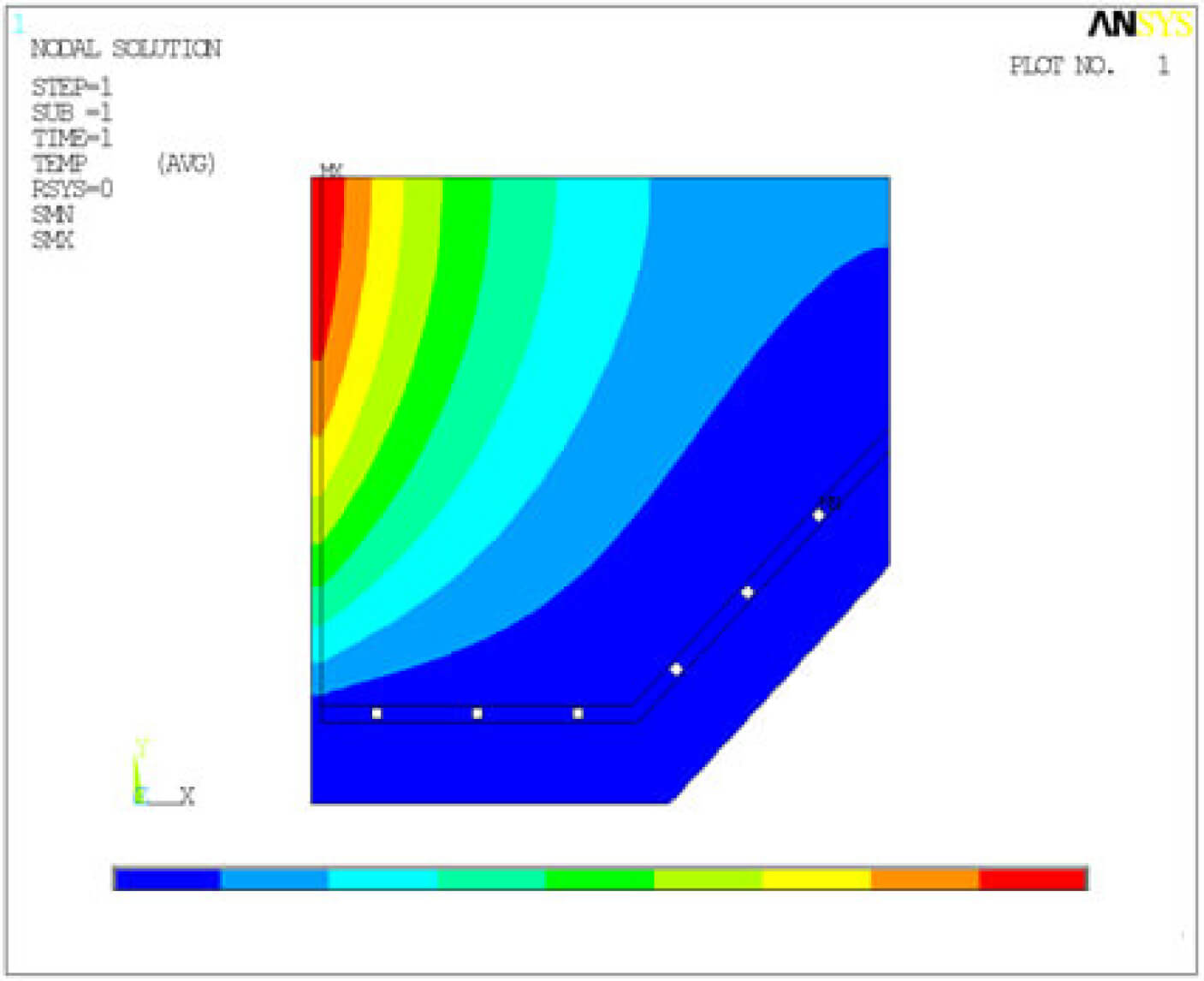
Marc is a powerful, general-purpose, nonlinear finite element analysis solution to accurately simulate the product behaviour under static, dynamic and multi-physics loading scenarios. Used in areas such as simulation of SPF (superplastic forming process) and structural analysis at high temperatures.
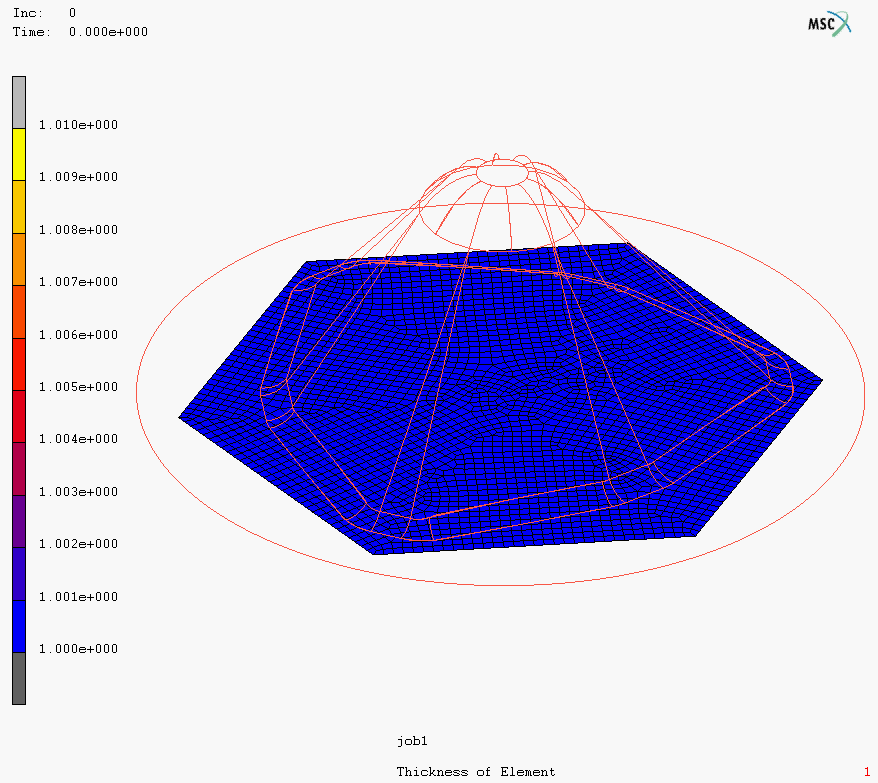
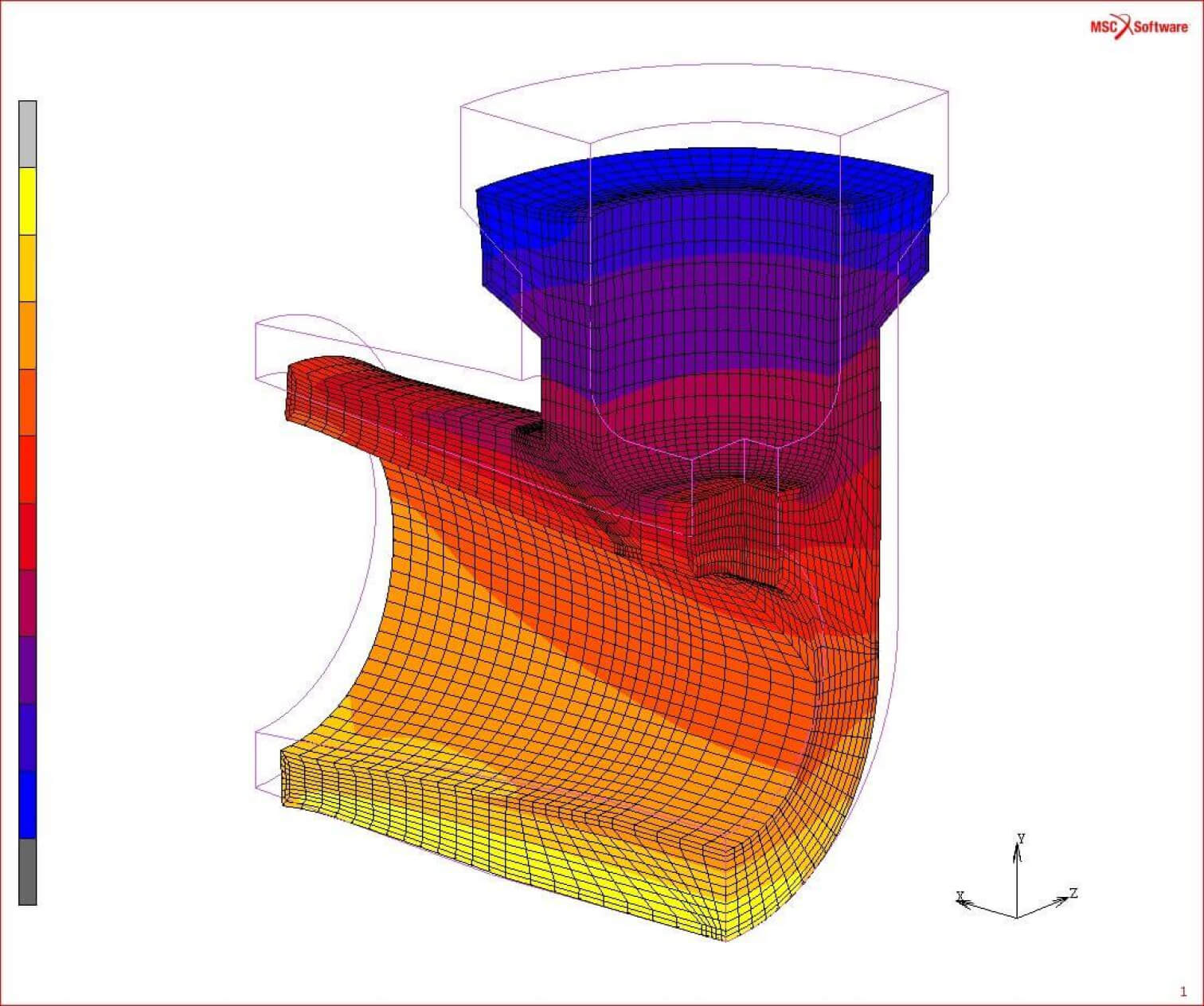
We can model and simulate all fluid processes, including fluid-structure Multiphysics interactions.
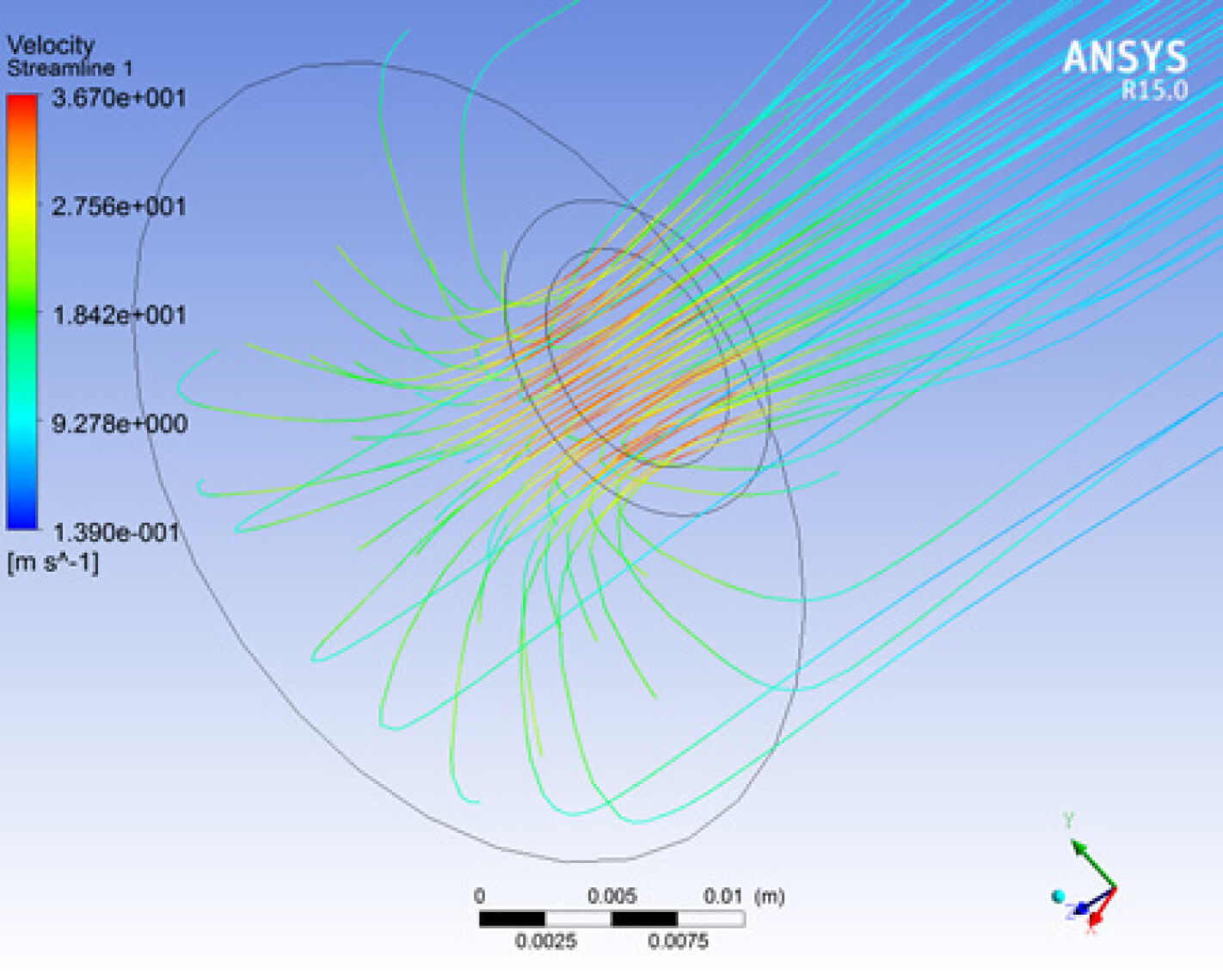
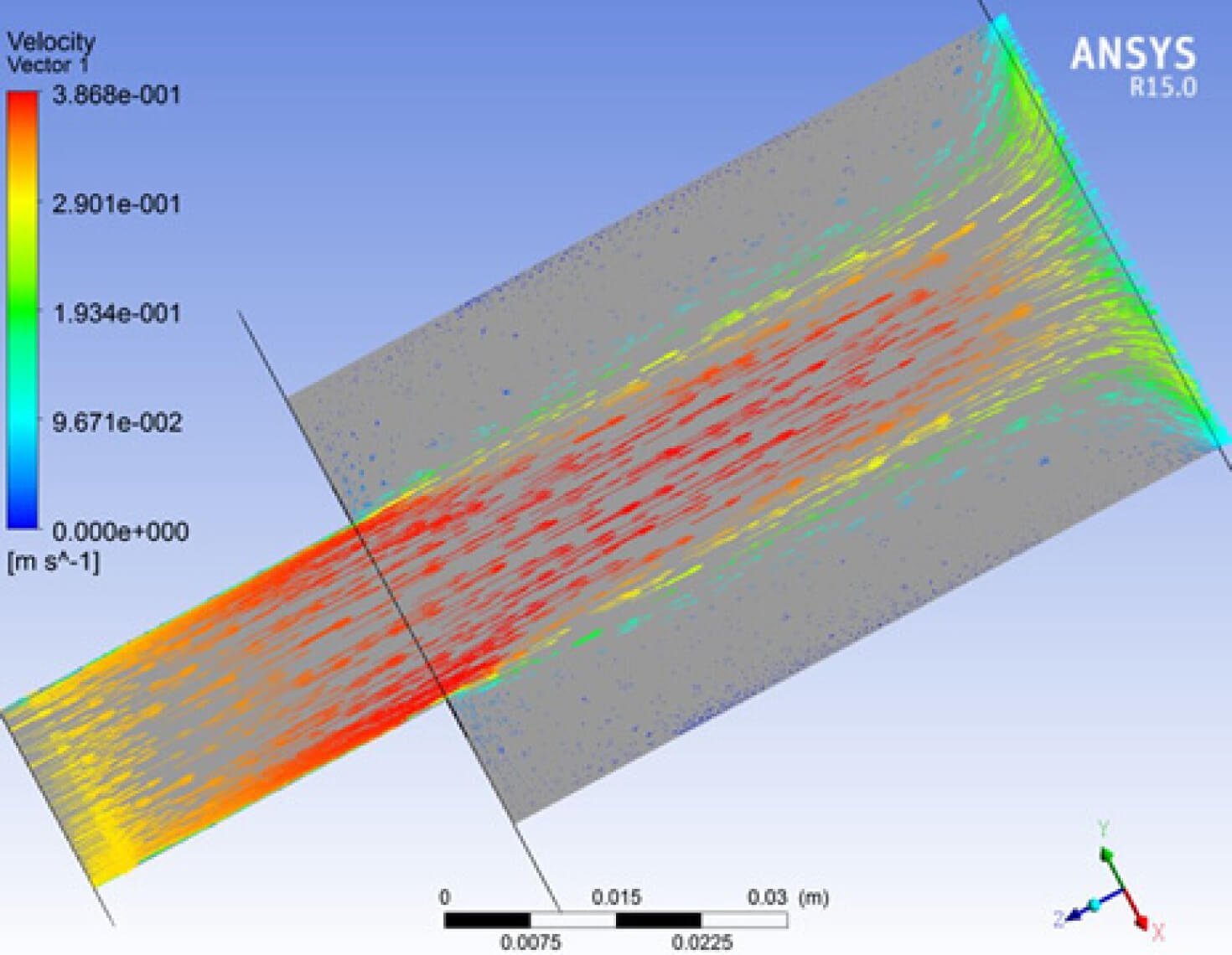
ANSYS Maxwell
ANSYS Maxwell simulates 2-D and 3-D low frequency electromagnetic fields for design of electromagnetic and electromechanical devices.
